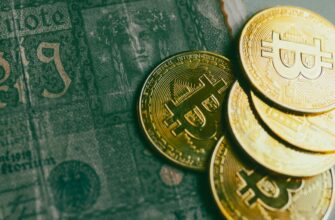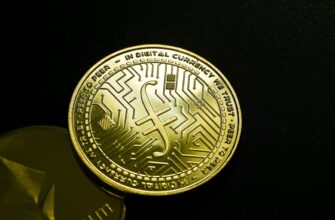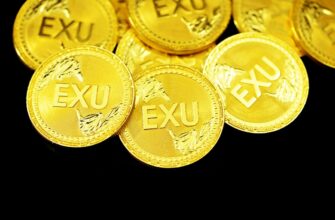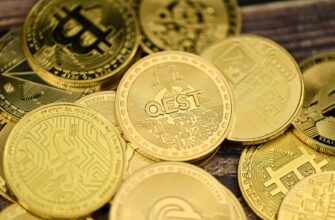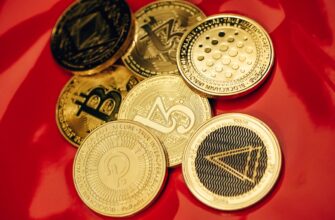# USDT ERC20: The Complete Guide to Ethereum-Based Tether Stablecoin
In the volatile world of cryptocurrency, stablecoins like USDT (Tether) provide crucial price stability. When combined with Ethereum’s ERC20 standard, USDT transforms into a versatile digital asset accessible across DeFi ecosystems. This guide explores everything you need to know about USDT ERC20 – from its technical foundations to practical usage tips.
## What Is USDT ERC20?
USDT ERC20 is a version of Tether’s dollar-pegged stablecoin operating on the Ethereum blockchain using the ERC20 token standard. Unlike traditional USDT issued on other networks (like Omni or Tron), ERC20-based USDT leverages Ethereum’s smart contract capabilities. Each token is backed 1:1 by reserves including cash, cash equivalents, and other assets, providing stability in crypto’s turbulent markets. Its Ethereum foundation enables seamless integration with wallets, exchanges, and decentralized applications (dApps).
## How USDT ERC20 Works: Technical Breakdown
USDT ERC20 functions through Ethereum smart contracts that automate transactions while adhering to standardized rules:
1. **Token Standard Compliance**: Follows ERC20 specifications for functions like `transfer()` and `balanceOf()`, ensuring compatibility with all Ethereum wallets.
2. **Stablecoin Mechanism**: Tether Ltd. maintains dollar reserves audited quarterly, with each USDT minted or burned based on market demand.
3. **Transaction Flow**:
– Users send Ethereum (ETH) to cover gas fees
– Smart contracts validate and execute USDT transfers
– All transactions are recorded immutably on Ethereum’s blockchain
4. **Transparency**: Token movements are publicly verifiable via Etherscan using the contract address `0xdac17f958d2ee523a2206206994597c13d831ec7`.
## Key Benefits of Using USDT ERC20
– **DeFi Integration**: Access lending protocols like Aave, decentralized exchanges (Uniswap), and yield farming platforms
– **Speed & Cost Efficiency**: Transactions confirm in ~5 minutes with lower fees than Bitcoin-based USDT
– **Wallet Compatibility**: Works with MetaMask, Ledger, Trezor, and 500+ ERC20-supported wallets
– **Liquidity**: Dominates Ethereum-based trading pairs, enabling swift crypto-to-stablecoin conversions
– **Transparency**: Public blockchain tracking reduces counterparty risk
## Step-by-Step: How to Use USDT ERC20
Follow these steps to securely manage ERC20-based Tether:
1. **Acquire USDT ERC20**:
– Buy on exchanges like Coinbase or Binance
– Swap other cryptos via decentralized exchanges (DEXs)
2. **Storage Solutions**:
– Hot Wallets: MetaMask, Trust Wallet (for frequent access)
– Cold Wallets: Ledger Nano X, Trezor Model T (long-term storage)
3. **Sending/Receiving**:
– Always use the ERC20 network option
– Confirm recipient supports Ethereum-based USDT
– Include sufficient ETH for gas fees
4. **DeFi Applications**:
– Provide liquidity on Uniswap for yield
– Collateralize loans in MakerDAO
## USDT ERC20 vs. Other USDT Versions
| Feature | USDT ERC20 | USDT TRC20 | USDT Omni |
|—————–|——————|——————|——————|
| **Network** | Ethereum | Tron | Bitcoin |
| **Speed** | ~5 minutes | ~1 minute | ~60 minutes |
| **Fees** | Moderate (ETH gas)| Very Low | High (BTC fees) |
| **DeFi Use** | Excellent | Limited | None |
| **Adoption** | Highest | Growing | Declining |
## Risks and Limitations
While USDT ERC20 offers advantages, consider these factors:
– **Gas Fee Volatility**: Ethereum network congestion can spike transaction costs
– **Regulatory Uncertainty**: Tether’s reserve audits face ongoing regulatory scrutiny
– **Smart Contract Risks**: Though audited, vulnerabilities could theoretically be exploited
– **Bridge Vulnerabilities**: Cross-chain transfers between USDT versions carry security risks
## Future of USDT ERC20 in the Crypto Ecosystem
As Ethereum evolves with upgrades like Proto-Danksharding, USDT ERC20 will benefit from:
– Reduced gas fees through EIP-4844
– Enhanced scalability via layer-2 solutions (Arbitrum, Optimism)
– Tighter integration with emerging DeFi 2.0 protocols
– Potential CBDC partnerships leveraging Ethereum’s infrastructure
## Frequently Asked Questions (FAQ)
**Q: Is USDT ERC20 the same as regular USDT?**
A: Yes, but it operates specifically on Ethereum. Other versions exist on Tron (TRC20) and Bitcoin (Omni), each with different transaction speeds and fees.
**Q: What’s the minimum USDT ERC20 transfer amount?**
A: There’s no minimum, but remember you’ll need ETH in your wallet to cover gas fees (typically $1-$20 depending on network load).
**Q: Can I send USDT ERC20 to a Bitcoin address?**
A: Absolutely not! Sending to incompatible networks results in permanent loss. Always verify the recipient supports Ethereum-based tokens.
**Q: How do I confirm my USDT is ERC20-based?**
A: Check the contract address: Official USDT ERC20 uses `0xdac17f958d2ee523a2206206994597c13d831ec7`. Verify this in your wallet or on Etherscan.
**Q: Why choose USDT ERC20 over other stablecoins?**
A: It offers unparalleled liquidity and Ethereum ecosystem integration, making it ideal for DeFi activities compared to newer stablecoins.
## Final Thoughts
USDT ERC20 merges the stability of Tether with Ethereum’s programmability, creating an indispensable tool for traders and DeFi users. By understanding its mechanics, benefits, and risks, you can leverage this asset to navigate crypto markets confidently. As blockchain technology advances, USDT ERC20 will continue evolving – solidifying its role as a cornerstone of the digital economy.


